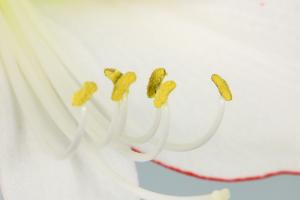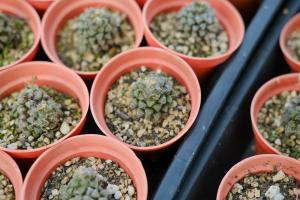Where is DNA in a Plant Cell?
Plants, like all living organisms, are made up of cells. These cells contain many different structures that help them carry out their functions. One of the most important of these structures is DNA, or deoxyribonucleic acid. DNA is the genetic material that carries the instructions for the development and function of all living things. But where is DNA in a plant cell?
The answer to this question is not simple, as DNA is found in several different places within a plant cell. However, the two main locations where DNA is located are the nucleus and the chloroplasts.
The Nucleus
The nucleus is the control center of the cell. It is where the DNA is stored and where most of the cellular activities are coordinated. In plant cells, the nucleus is typically located near the center of the cell, although its exact location can vary depending on the type of cell and the stage of development.
Within the nucleus, the DNA is organized into structures called chromosomes. These chromosomes contain all of the genetic information that is required for the cell to function, including instructions for the synthesis of proteins and other molecules.
When a plant cell undergoes cell division, the DNA within the nucleus condenses into compact structures called chromosomes. These chromosomes duplicate and then separate, with each new cell receiving a complete set of genetic instructions.
The Chloroplasts
Chloroplasts are another location where DNA can be found within a plant cell. Chloroplasts are organelles that are responsible for performing photosynthesis, the process by which plants convert sunlight into energy.
Like the nucleus, chloroplasts contain their own unique DNA. This genetic material is separate from the DNA within the nucleus, and is thought to have arisen from the endosymbiosis of a cyanobacterium within a eukaryotic cell.
The DNA within chloroplasts is circular, and is organized into structures called nucleoids. These nucleoids are similar to prokaryotic chromosomes, and are thought to have originated from the bacterial ancestor of chloroplasts.
In Conclusion
DNA is an essential component of all living organisms, including plants. In plant cells, DNA is found in both the nucleus and the chloroplasts. The DNA within the nucleus is organized into chromosomes, which contain all of the genetic instructions required for the cell to function. Within chloroplasts, the DNA is organized into nucleoids, which are similar to prokaryotic chromosomes. Understanding the location and organization of DNA within plant cells is essential for understanding their biology and how they are able to carry out their functions.

 how many times do yo...
how many times do yo... how many planted tre...
how many planted tre... how many pine trees ...
how many pine trees ... how many pecan trees...
how many pecan trees... how many plants comp...
how many plants comp... how many plants can ...
how many plants can ... how many plants and ...
how many plants and ... how many pepper plan...
how many pepper plan...































